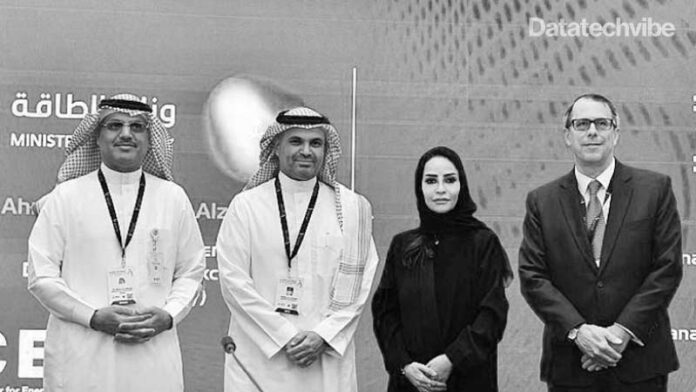
The Saudi Data and Artificial Intelligence Authority (SDAIA) and IBM have signed a strategic agreement to drive the adoption of artificial intelligence in carbon capture and Saudi Arabia’s industrial domains.
The agreement was announced at the Global AI summit in Saudi Arabia. As part of the overall agreement, IBM will work with SDAIA to identify high-value applications of artificial intelligence and machine learning to solve challenges in public and private sector organisations in the Kingdom.
The first use case under this agreement will be in collaboration with the Ministry of Energy in Saudi Arabia. SDAIA, the Ministry of Energy and IBM will use AI technology to detect, map, and eventually reduce carbon emissions across the country.
Dr Majid Al-Tuwaijri, the CEO of the National Center for AI, believed that the agreement addressed a key challenge in the circular carbon economy, petrochemical and industrial domains.
Ahmed Al-Zahrani, Ministry of Energy’s Assistant Minister for Development and Excellence, stated, “This agreement would allow us to leverage IBM’s expertise in technologies like artificial intelligence, which will play a key role in promoting the adoption of the Circular Carbon Economy, achieving the goals announced during the Saudi Green Initiative.”
Dina Abo-Onoq, Managing Partner, IBM Consulting Saudi Arabia, added, “The management of greenhouse gas emissions is critical to the Kingdom’s reaching its objective of net zero. Using multiple satellites and different types of imaging technologies, we will train an AI model to recognise and pinpoint different forms of gas across the entire country. By doing so, this will help with earlier and better visibility of the problem, which has not been possible with conventional measurement approaches.”








